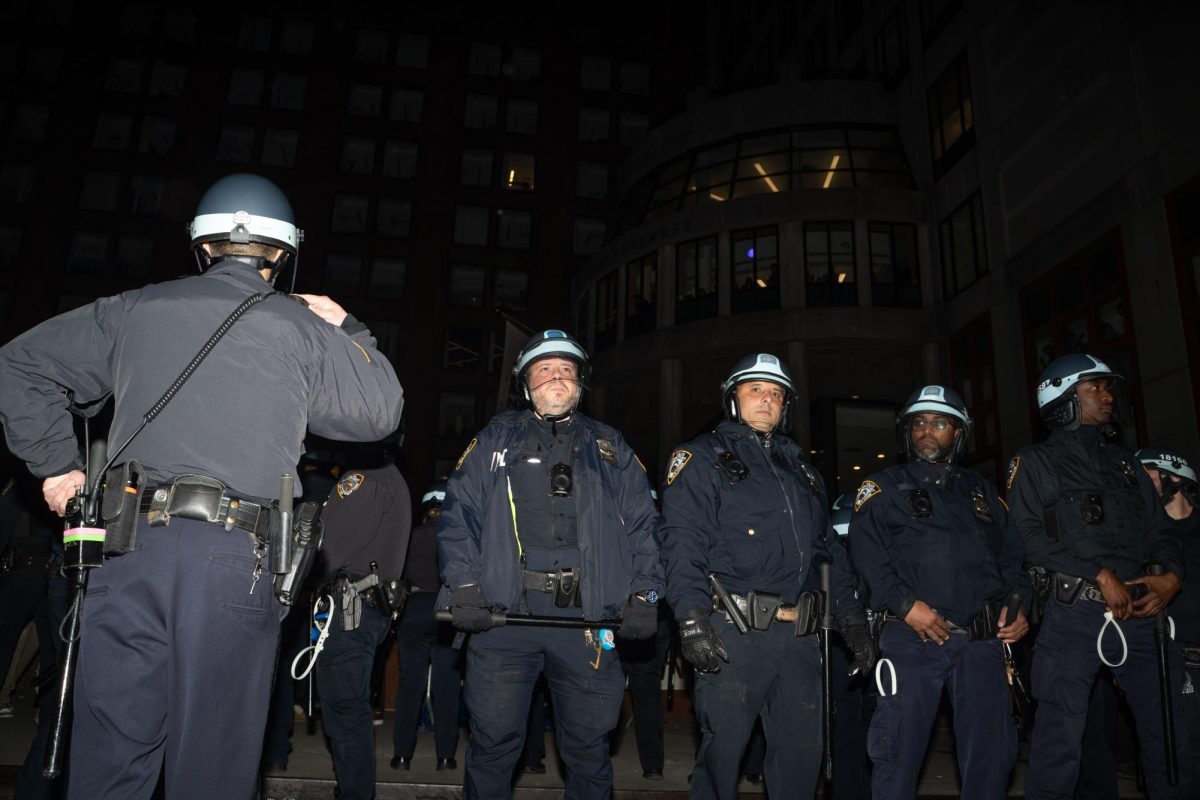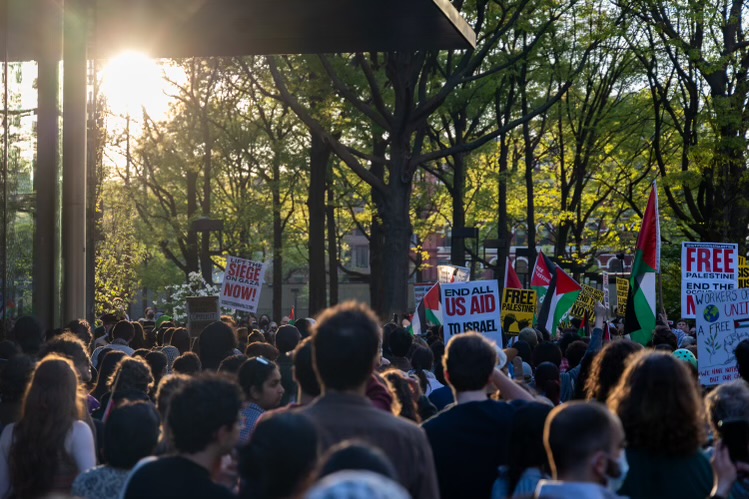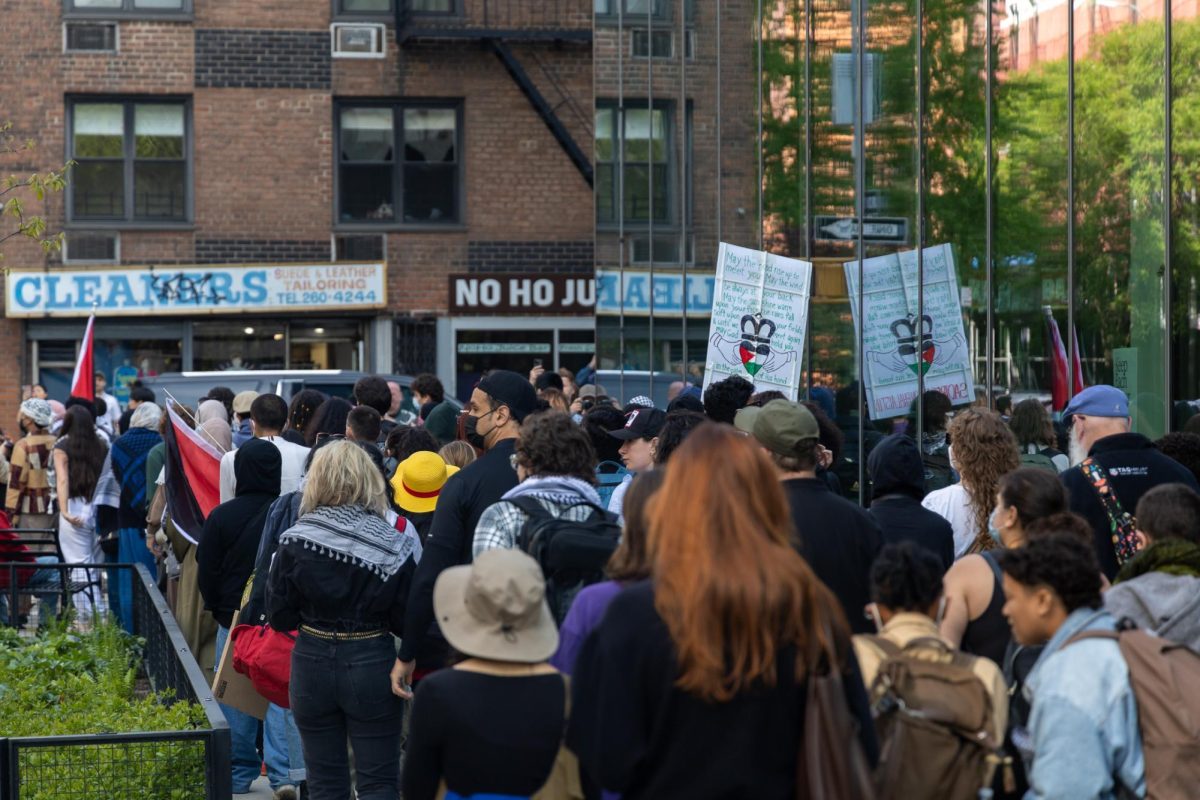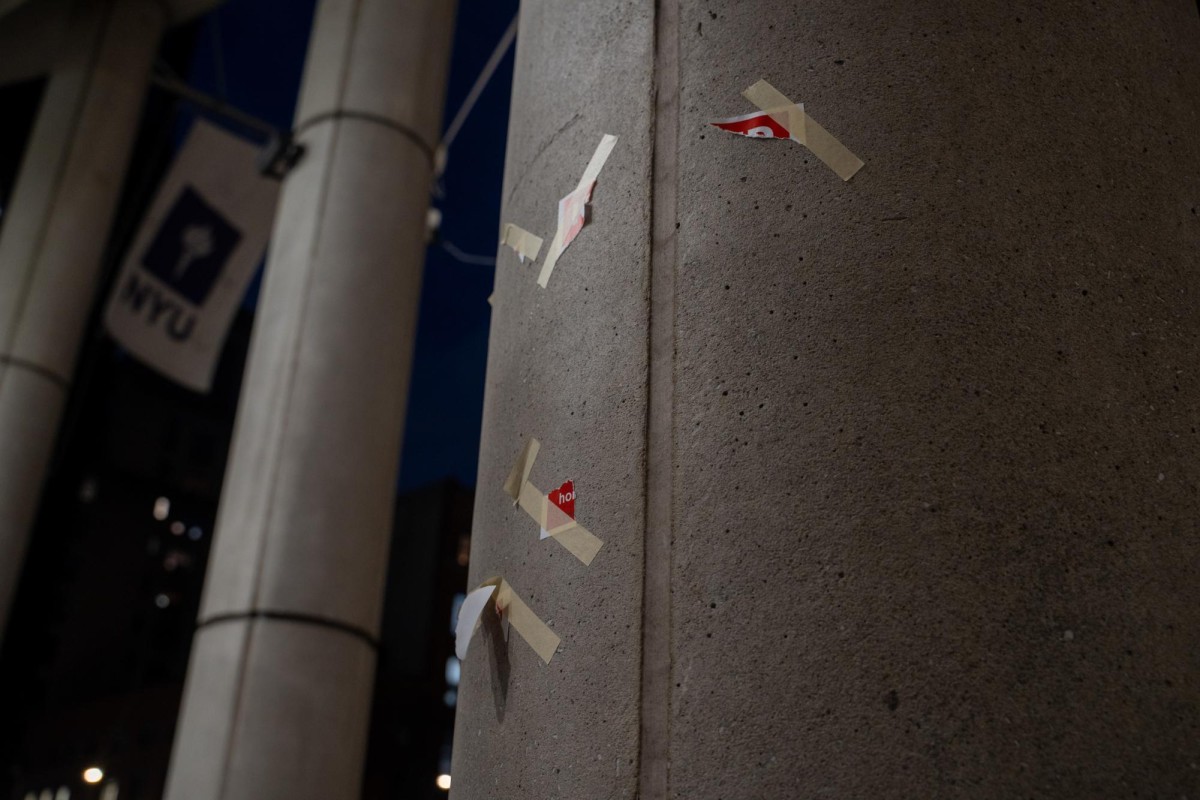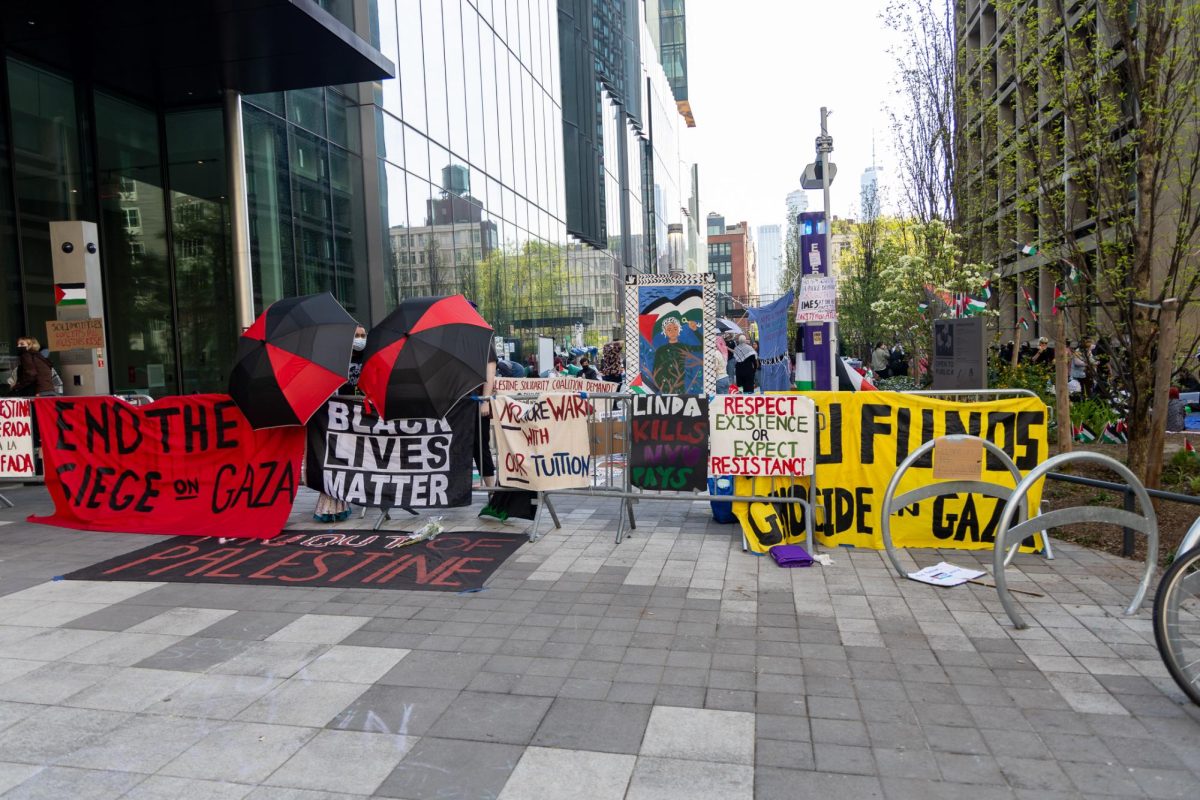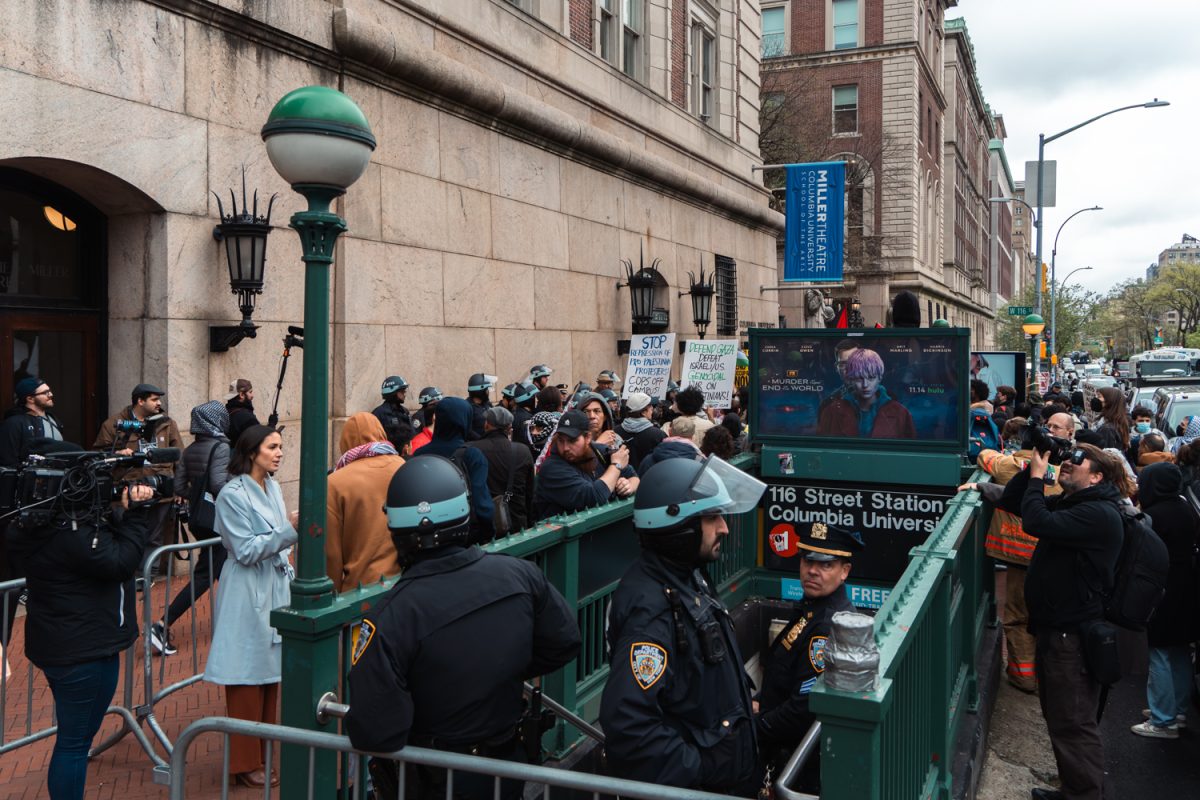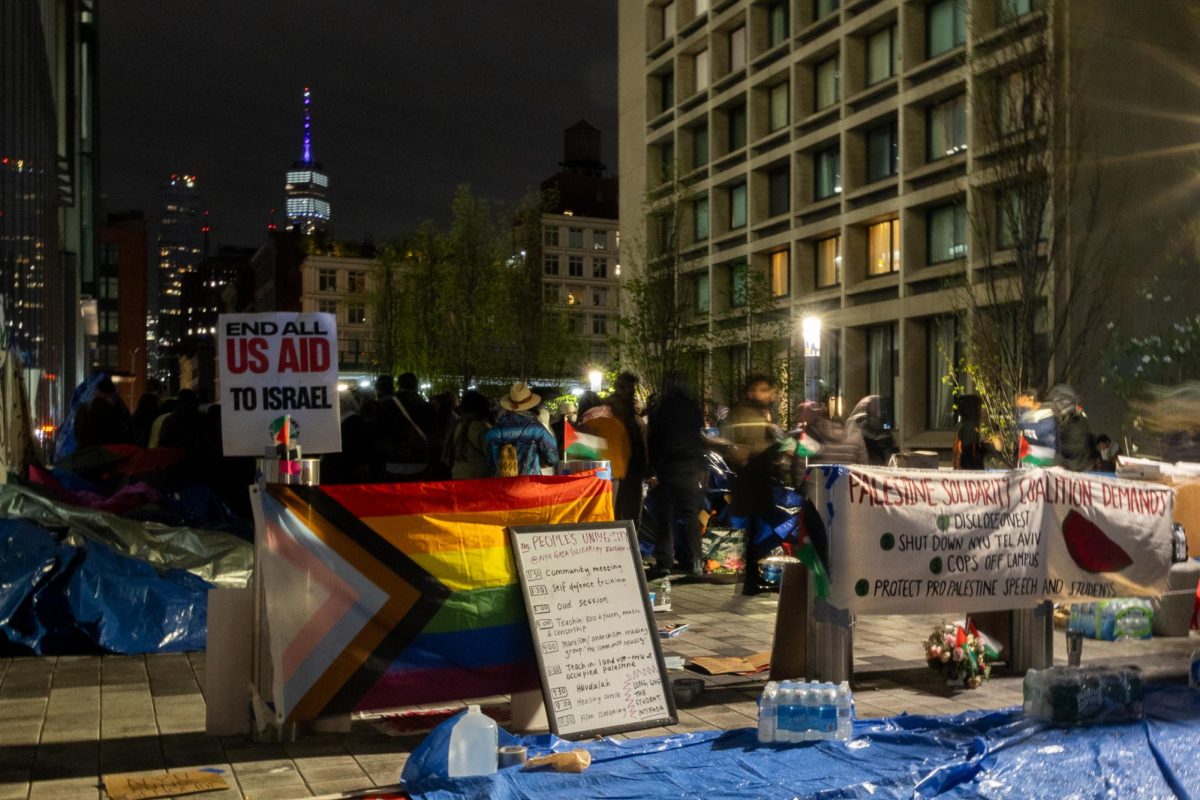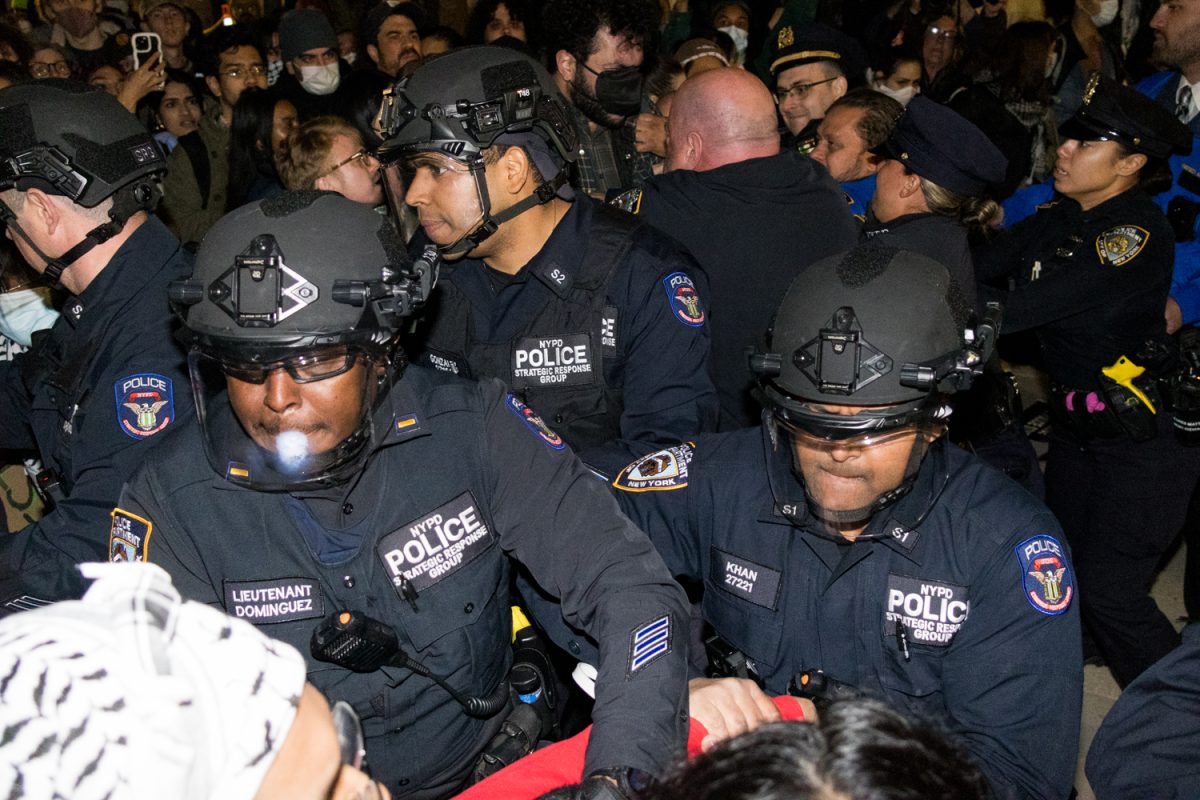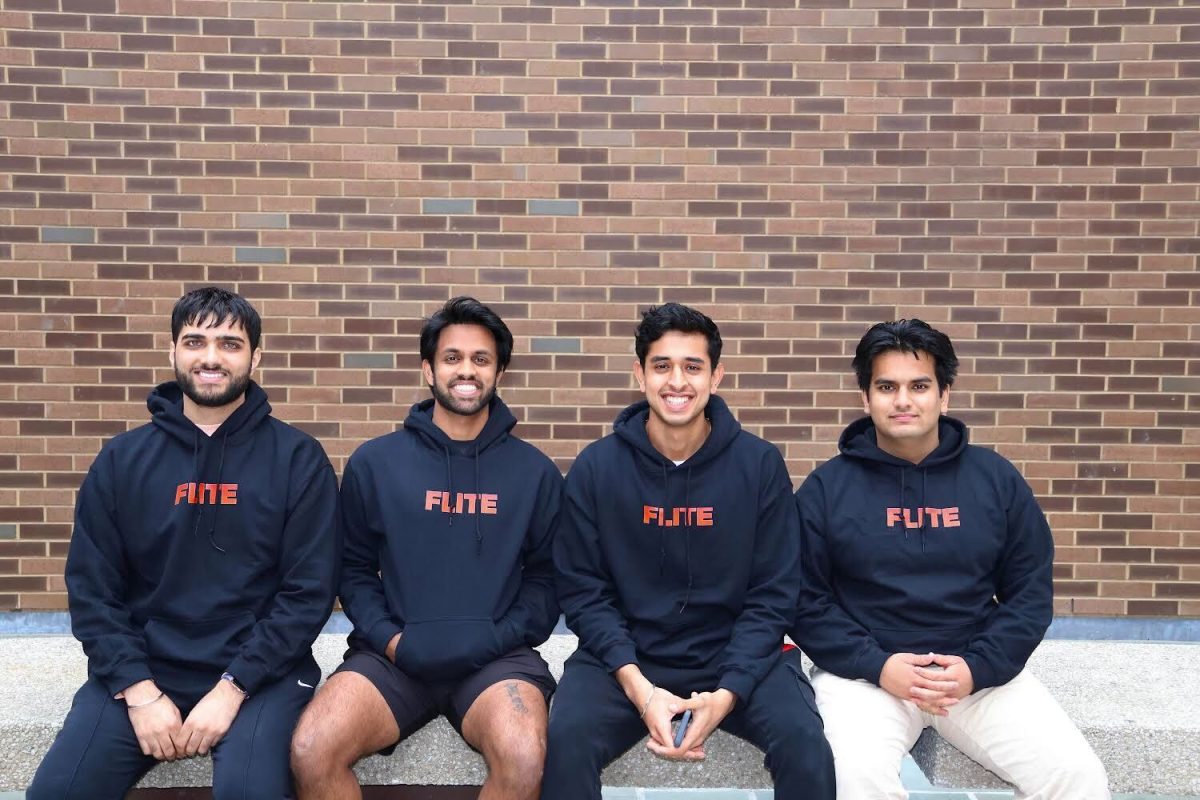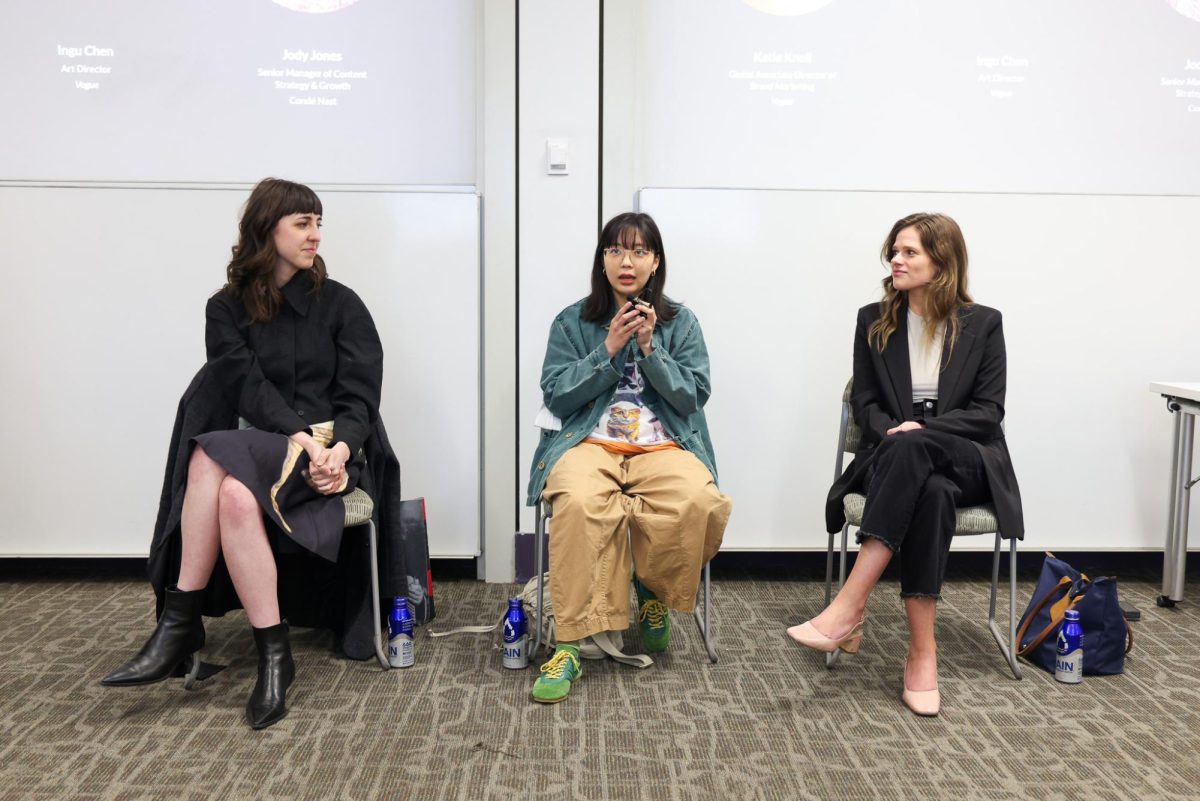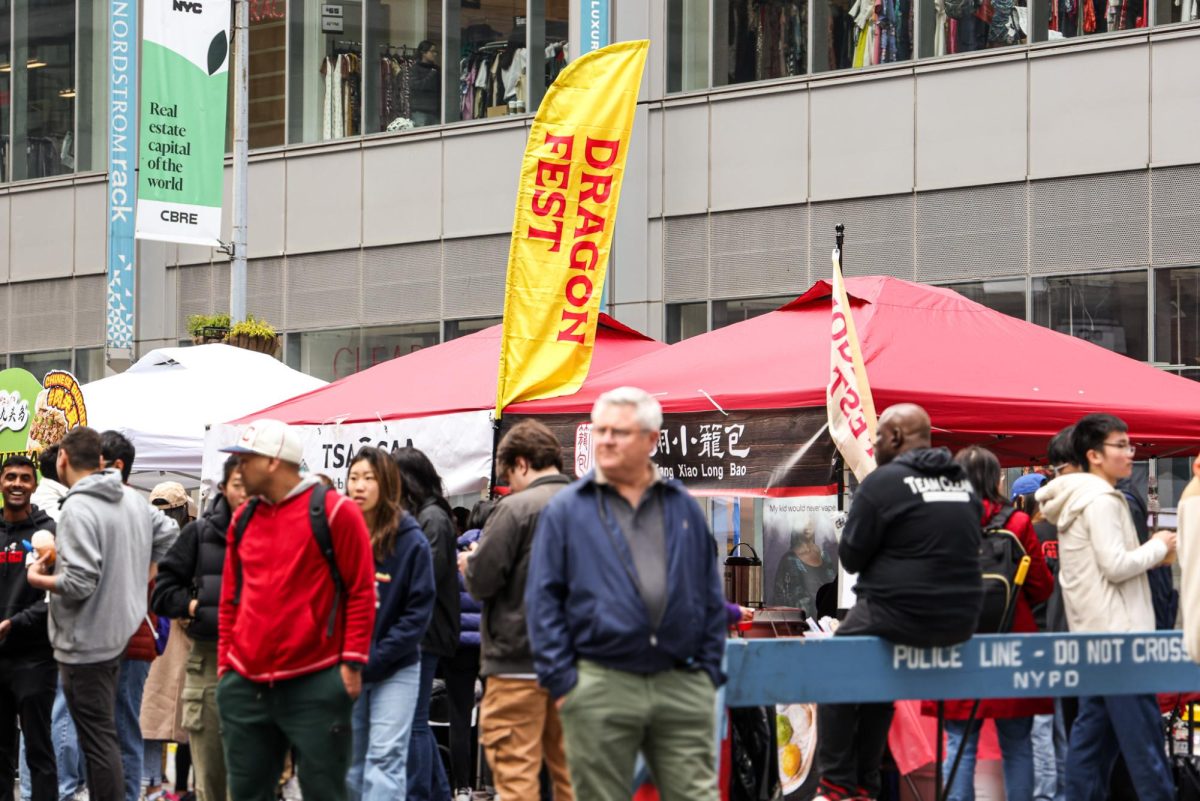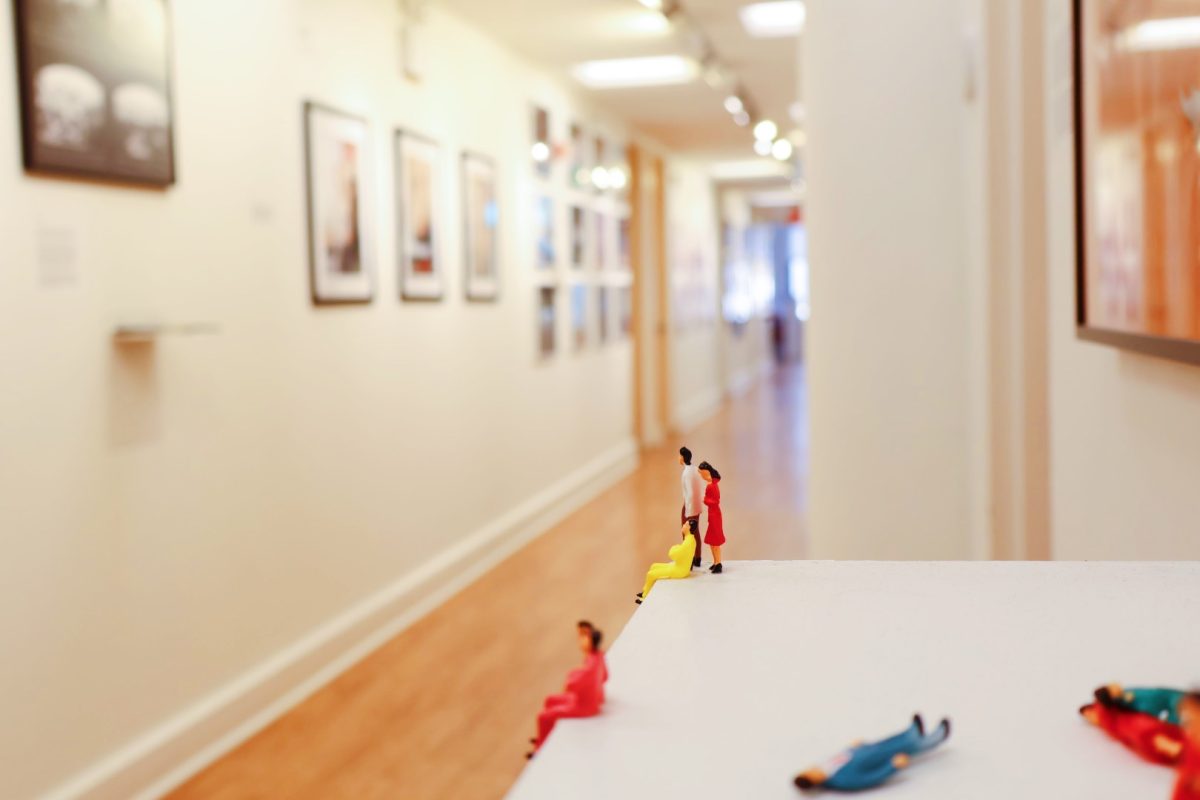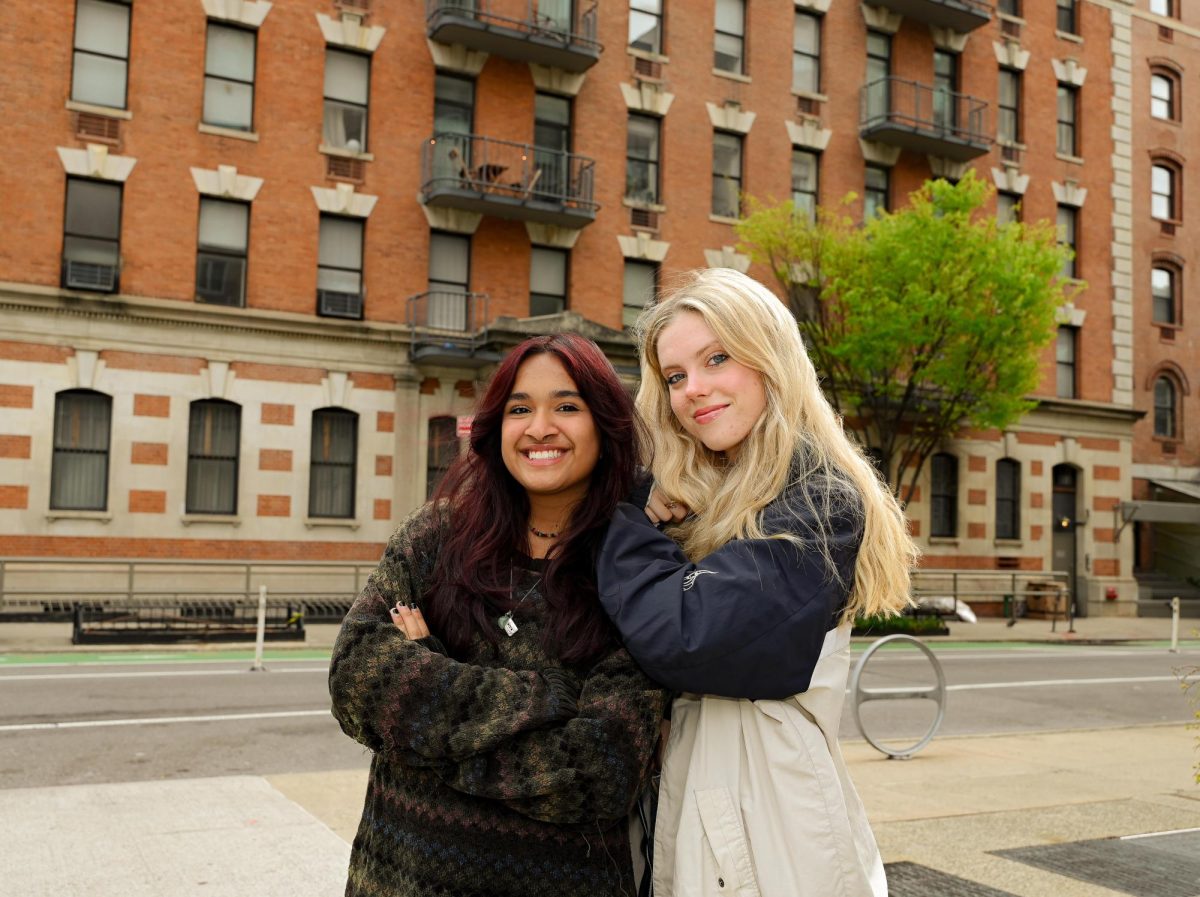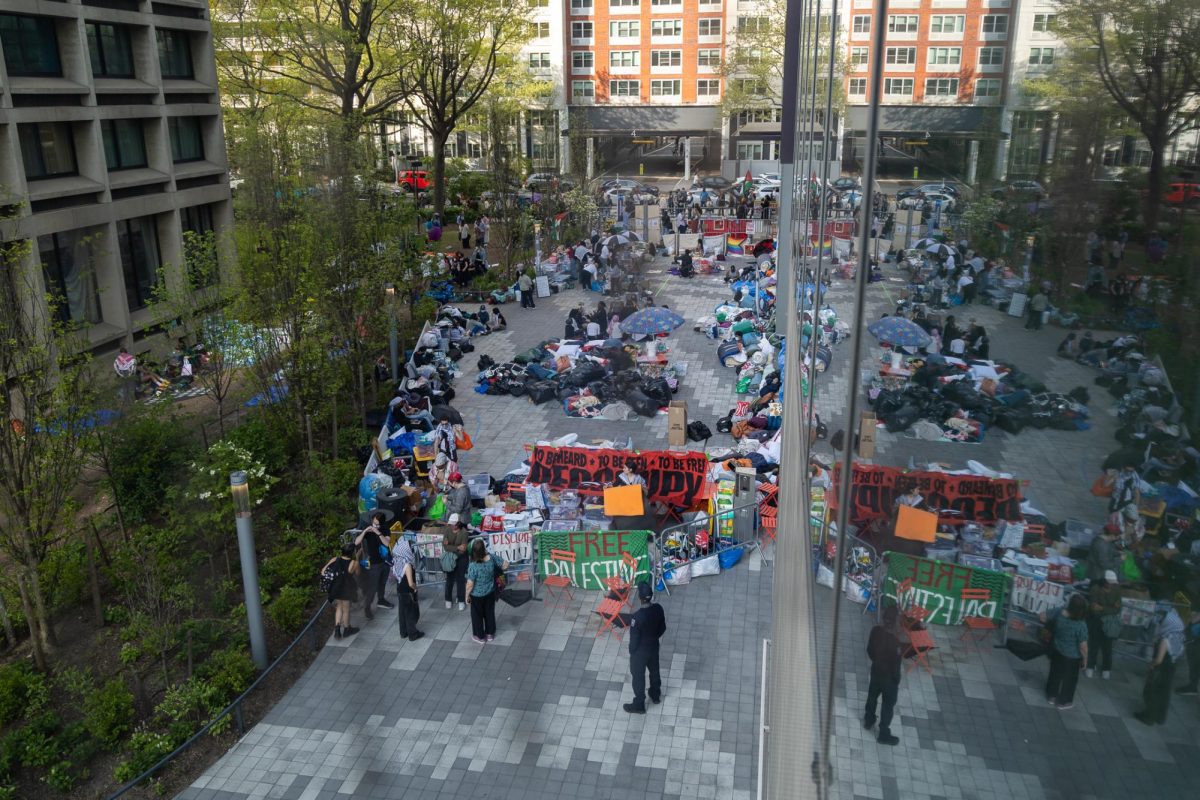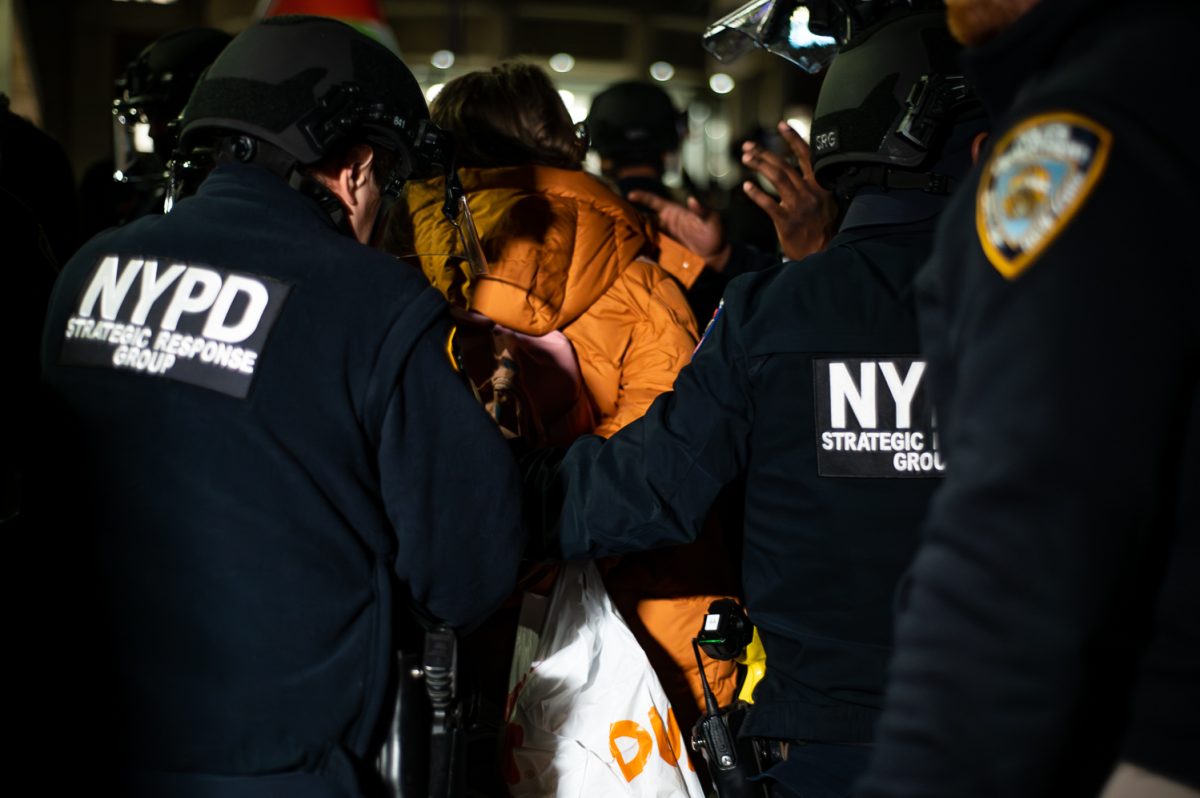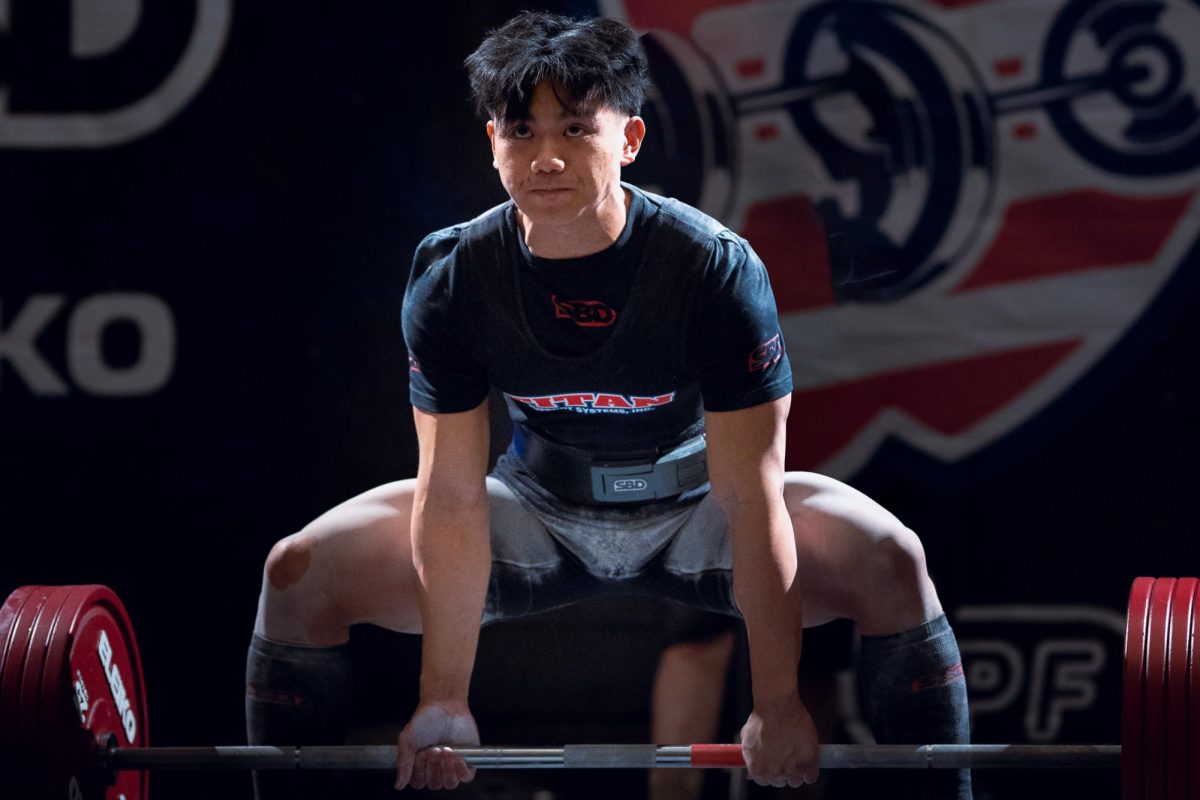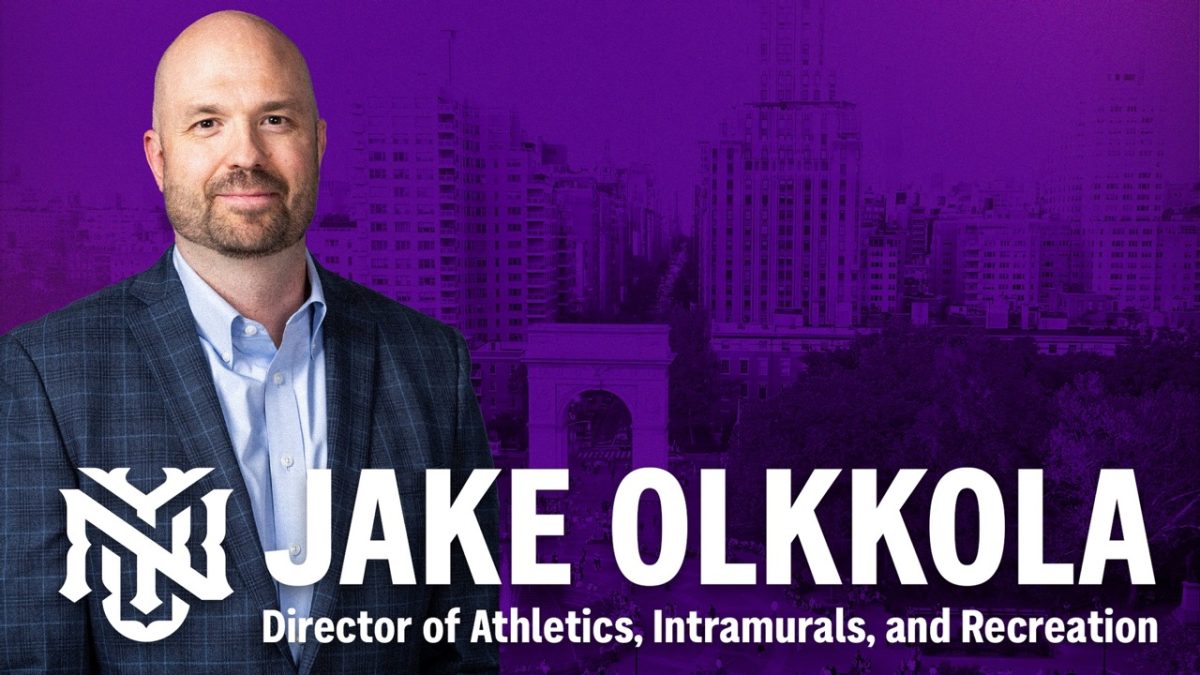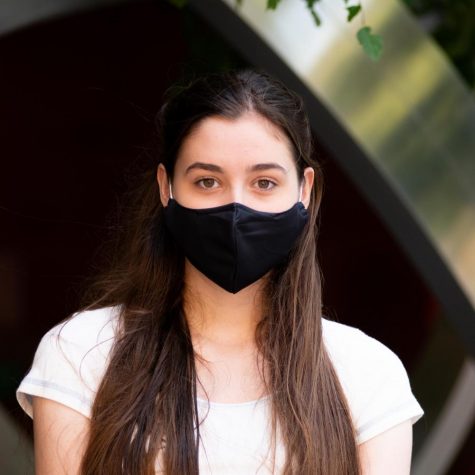As the coronavirus pandemic has forced public and private schools across the country to move to remote learning, the number of students who don’t have reliable internet connections at home has sparked conversation and action. In New York City, where around 75% of public school students qualify for free or reduced-price lunch and approximately 114,000 students are homeless, the Department of Education distributed a variety of devices to students who could not attend classes and keep up with coursework online otherwise. Several providers, including Comcast and Spectrum, have also responded to the crisis by offering internet and installation at little or no cost.
But while these efforts are commendable, especially in the midst of a pandemic, the issue of reliable student internet connectivity will not go away when schools transition back to in-person instruction. Rather than just providing short-term solutions for this period of uncertainty and social distancing, it is vital that state leaders take steps towards providing public school students in New York City with the dependable internet access needed to succeed in school.
In 2018, a Pew Research study found that approximately 15% of U.S. households with school-age children do not have high-speed internet, and 17% of U.S. teens reported that they were often unable to finish assignments because they did not have access to a reliable computer or internet connection. In New York City, it is estimated that 29% of households lack broadband internet access.
In the digital age, where roughly 7 in 10 teachers assign homework that requires a broadband internet connection, reliable internet access is arguably as essential as running water and electricity. Without dependable internet at home, students not only struggle to complete assignments, but they can be prevented from reaching out to teachers with questions or concerns they might have outside of school. At best, this lack of communication prevents them from cultivating deeper connections with people who could serve as great encouragers and helpers. At worst, it prevents them from understanding assignments and places them further behind peers who are able to get in touch with teachers more regularly.
Schools around the country have tried to address this gap. In the classes I’ve taken as a Childhood Education major so far, we’ve discussed how many teachers dedicate class time to completing assignments that require internet access so that students can use school WiFi to do their homework. In the Coachella Valley school district in California, administrators equipped buses with WiFi and parked them in residential neighborhoods so that students would have reliable WiFi access at home.
But how does an urban school district like New York City — where parking school buses in neighborhoods long term is nearly impossible and many students do not even have stable homes — ensure that all students have access to reliable internet outside of school?
While there is likely not one answer to address such a massive issue, there are steps that officials can take to lessen the gap in NYC schools. First, the Department of Education needs to continue to provide students in need with devices, as they have done during COVID-19.
Secondly, state officials need to build on existing infrastructures in order to meet student needs. In 2016, the DOE and the New York Public Library system partnered to loan mobile hotspots to low-income families. Provided that they have at least one student enrolled in an NYC public school and less than $15 in library fees, families can check out a hotspot for free for one year, allowing them to have broadband internet access at home.
However, this program simply doesn’t have enough hotspots to meet demands. Last school year, the NYPL reported that the program was running low on hotspots. Just a couple of weeks after opening the lending program in 2019, all participating NYPL locations were running low or completely out of devices. While the state could fix this problem by allocating more funds towards the program and purchasing the hotspots that students desperately need, so far, officials have praised the program’s existence without taking steps to ensure that it is meeting all students’ needs.
Once the threat of coronavirus has passed and schools have resumed classes, NYC public school students should not be left out to dry when it comes to internet access, as they have been for years. It’s time for officials to allocate more funding towards fighting the homework gap in the long run — a process that starts with expanding funding for the programs already in place to meet student needs.
Opinions expressed on the editorial pages are not necessarily those of WSN, and our publication of opinions is not an endorsement of them.
Email Helen Wajda at [email protected].

